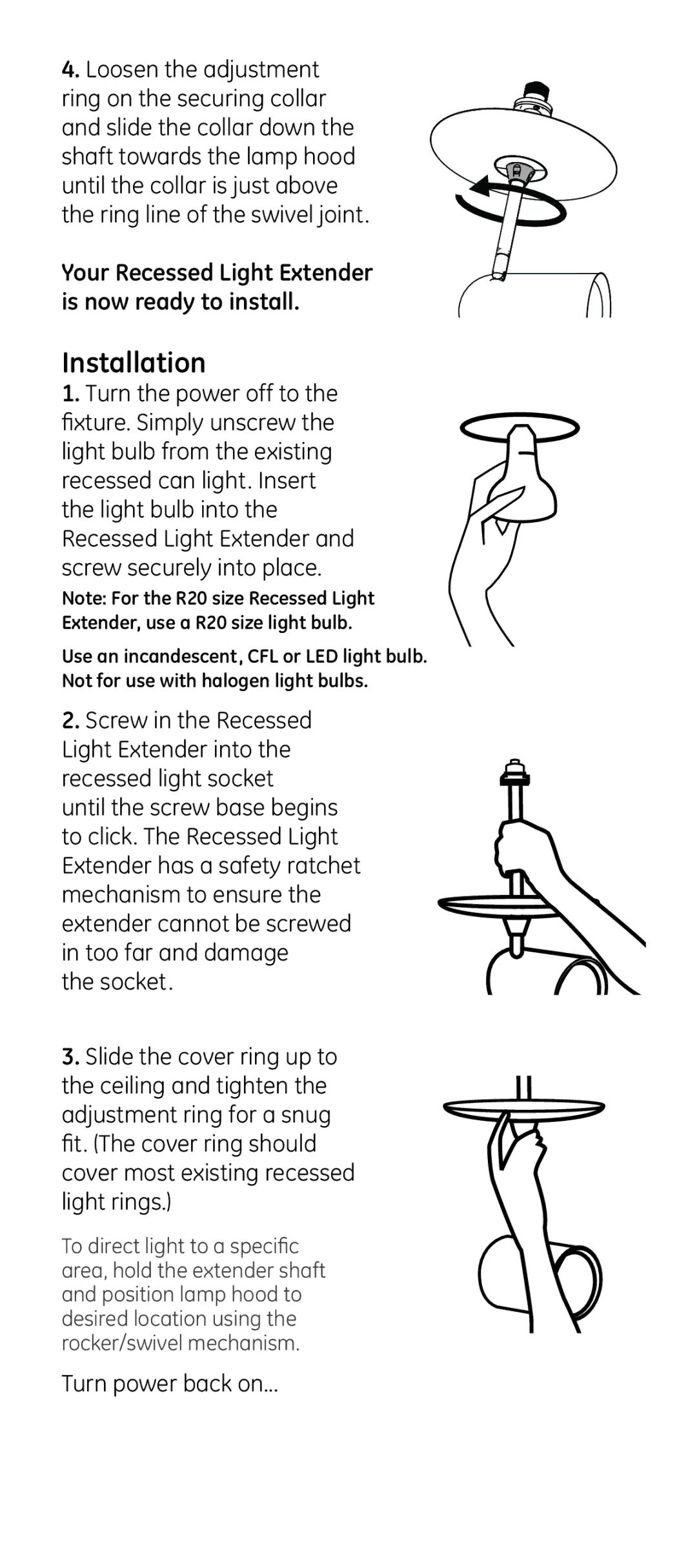R20 specifications
The GE R20 is a robust and versatile industrial-grade gas turbine designed by General Electric to meet the demands of a rapidly evolving energy landscape. Known for its high efficiency and reliability, the R20 plays a crucial role in distributed power applications, providing essential energy solutions for various sectors, including utilities, industrials, and commercial enterprises.One of the main features of the GE R20 is its adaptability. The turbine is designed to operate on multiple types of fuels, including natural gas, diesel, and biogas, making it suitable for a range of applications. This flexibility allows operators to optimize fuel usage based on availability and cost, enhancing overall economic viability.
The R20 is equipped with state-of-the-art technologies that enhance its performance. Its high-efficiency combustion system minimizes emissions and maximizes power output. The turbine employs advanced aerodynamics and materials technology, allowing it to achieve a higher temperature operating profile without compromising durability. This results in improved thermal efficiency, reducing operational costs over time.
Another notable characteristic of the GE R20 is its modular design, which facilitates easier maintenance and quicker installation. The turbine's components are designed for streamlined access, reducing downtime and allowing for faster service interventions. This ensures that power plants can maintain high availability and output, essential in meeting energy demands.
The GE R20 is also integrated with sophisticated digital solutions that provide real-time monitoring and analytics. These digital tools are pivotal for optimizing operational efficiency, predicting maintenance needs, and enhancing overall performance. Operators can leverage predictive analytics to optimize fuel consumption and reduce emissions further, aligning with global sustainability goals.
In terms of output, the R20 typically generates between 20 MW to 25 MW, making it a suitable choice for both peaking and baseload power generation. This capacity allows it to serve various applications, from supporting grid stability to providing backup power for critical infrastructure.
Overall, the GE R20 gas turbine is a blend of flexibility, advanced technology, and efficiency. Its ability to adapt to diverse fuel types, coupled with its high-performance characteristics, positions it well in the global energy market, meeting the needs of a transitioning world focused on cleaner and more efficient energy solutions. As industries seek to enhance their operational resilience and sustainability, the R20 remains a key player in the energy landscape.

